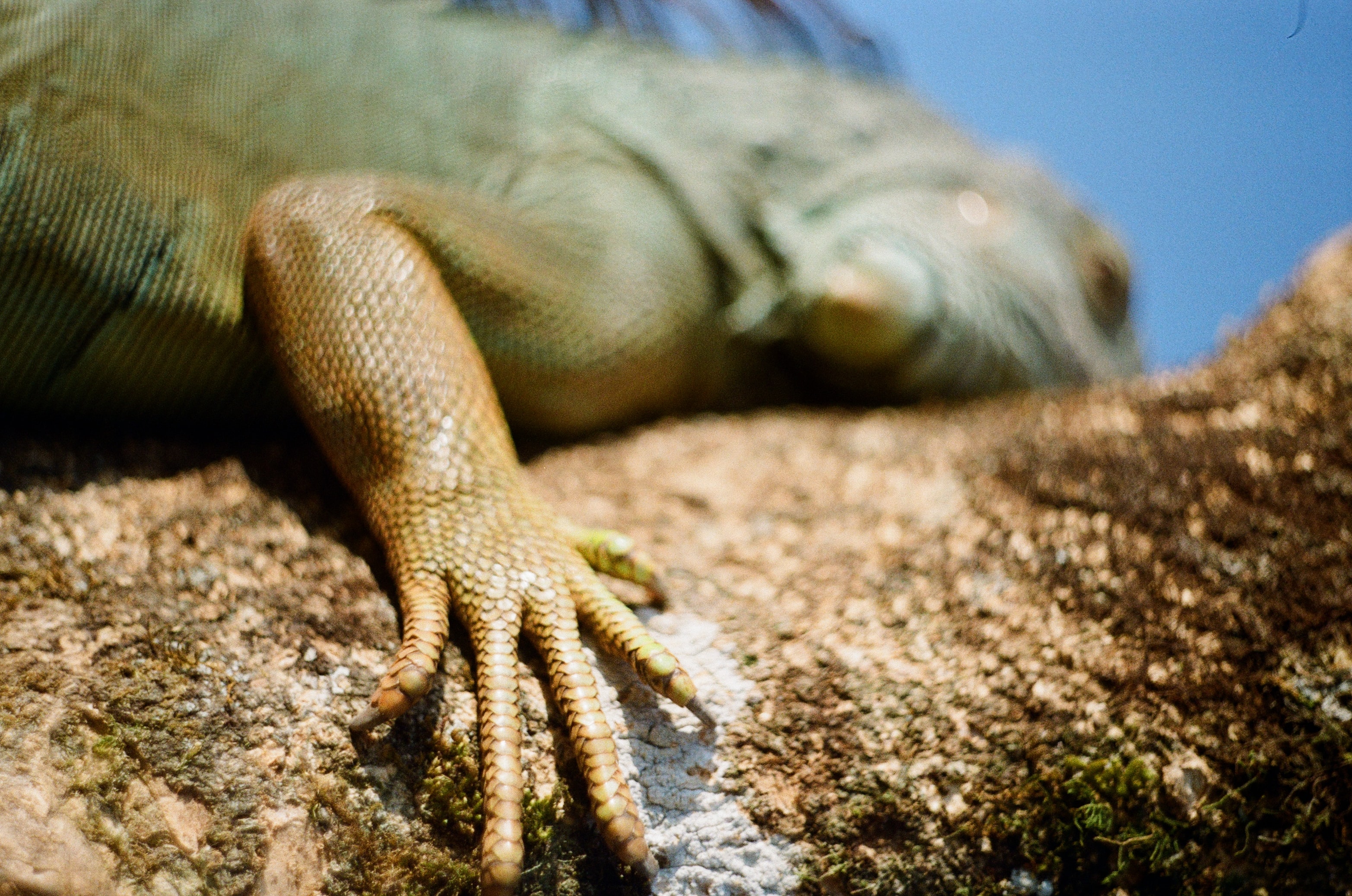The Wyverns
Under Reconstruction
Of all the creatures of Kelunbar, the Wyverns are perhaps the most fallen from glory. No longer the great lizards that guarded the forest and flew between the sun and the moon, they have become as small as birds and ambitious for only small pleasures.
Basic Information
Genetics and Reproduction
All species of Wyverns reproduce sexually during any season. A male Wyvern must first court a female by impressing her with his collections or abilities, and after intercourse a female lays one egg one year later. From there the mother departs and the male cares for the egg, which hatches after three years. Females typically choose to lay two to five eggs in a lifetime.
Growth Rate & Stages
Egg
Wyverns spend their first three years inside of an egg. These shells are nearly indestructible, but the egg must be kept away from sunlight for its first year, lest the young wyvern grow too warm. After this first year embryos in their shells can hear their surroundings and when cared for properly know how to speak when they hatch. Part of a father’s care of an egg is this and teaching the egg about the forest.Hatchling
After three years, a young Wyvern hatches with near full capabilities, though it still has much to learn. The father teaches and nurtures them until they reach adulthood.Adult
Male Wyverns are considered an adult at two years, when they reach sexual maturity, and females at three. This is when they leave the metaphorical nest and begin life on their own.Elder
During a Wyvern's ninety-seventh hatched year, they become infertile and are considered Elders. Elders are respected for having life experience and assumed to be wise.Ecology and Habitats
All Wyverns create nests for themselves where they consistently return to rest and store hoards. Where that nest is varies from species to species. They are also very territorial and consider large areas to belong to them. Usually this area is approximately the circumference of how far a given wyvern can fly in a day. Anything a wyvern might find interesting in that area belongs to them. Sometimes Wyverns will attempt to own a Skee or Druant village, and most creatures know to just "play along" since Wyverns don't demand much of value to other species. Usually out of good will Wyverns will allow others to continue their lifestyles without interference.
Additional Information
Social Structure
Beyond mating and raising of young, Wyverns tend to be very solitary. However, if two do come across each other in the wild there are a few guidelines to follow. The most important is age hierarchy. Hatchlings are expected to be respectful of adults and elders, and adults are expected to be respectful of elders. It is unthinkable to steal another Wyvern's home or hoard.
Civilization and Culture
Naming Traditions
Wyverns value ownership and ownership of self, so hatchlings name themselves whenever they choose to. Typically they choose something they value, which could be an ideal, an activity, an object, or even a food source.
Interspecies Relations and Assumptions
Wyverns consider themselves superior to other species, to the point of feeling like they can own other creatures in their territory. Most other creatures disregard them unless they are being a genuine bother.
The Lindin in particular have a special relationship with Bumers, and will often nest on one. In exchange the Lindin eats insects that would otherwise bother the Bumer.
Origin/Ancestry
Druko, Being of Will
Lifespan
250 years
Strong Motivations
As children of Druko, the Being of Will, all Wyverns are stubborn, though where they direct that energy depends on the species. There are four species of Wyverns.Remove these ads. Join the Worldbuilders Guild









